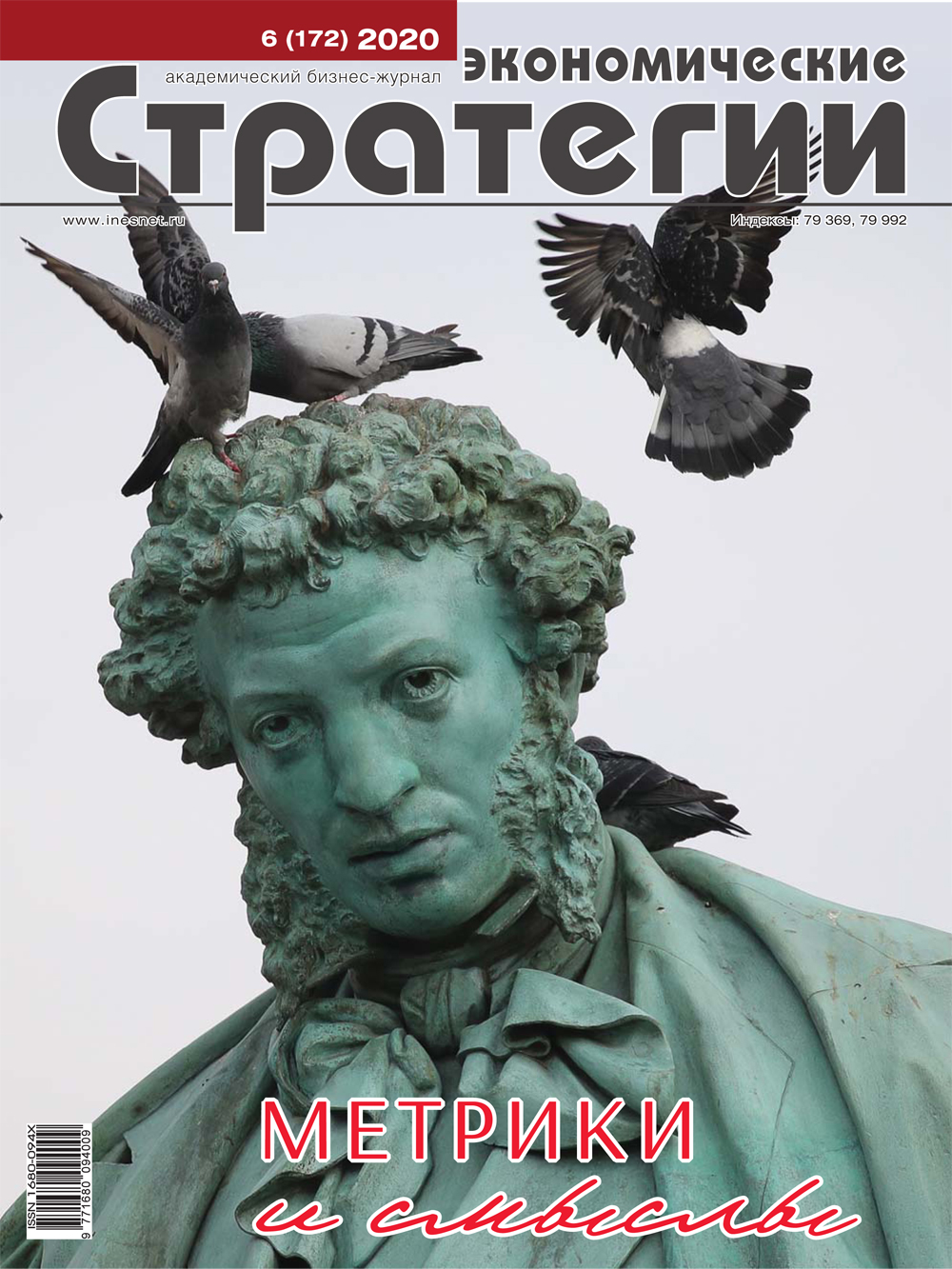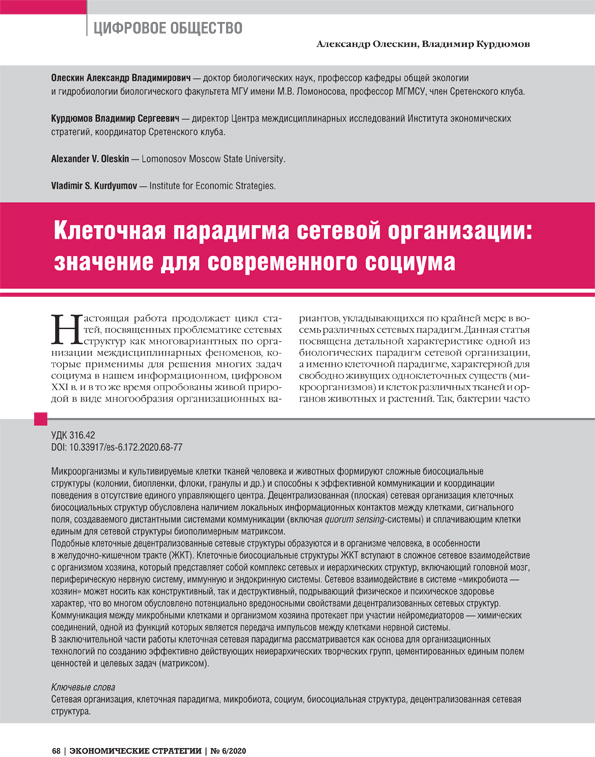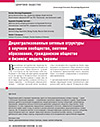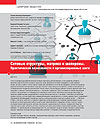Cellular Paradigm of Network Organization: Implications for Present-Day Society
DOI: 10.33917/es-6.172.2020.68-77
Microorganisms and cultivated cells from human or animal tissues form complex network structures (colonies, biofilms, flocs, granules, etc.) that are characterized by efficient communication and behavior coordination in the absence of a central pacemaker. The decentralized (flat) network organization of such structures is due to the functioning of (a) information-transmitting intercellular contacts, (b) a signal field created by distant communication systems, including the quorum-sensing system; and (c) a biopolymer matrix that cements the cells of the whole network structure. Microbial network structures exist in the human organism, especially in the gastro-intestinal (GI) tract. The cellular networks engage in complex interaction with the host organism. The organism represents a complex combination of hierarchical structures and decentralized networks and includes the brain, the peripheral nervous system, the immune system, and the endocrine system.
The interaction between the microbiota and the host may produce both positive and negative effects on the host’s physical and mental health, because decentralized networks are known to possess not only useful but also potentially harmful properties. Communication between microbial cells and the host organism involves neurochemicals, i.e., chemical compounds, whose functions include impulse transmission between nervous cells. In the final section, the cellular paradigm of network organization is envisaged as the conceptual basis of organizational technology aimed at creating efficient non-hierarchical creative teams that are cemented by common values and goals (the network matrix).









